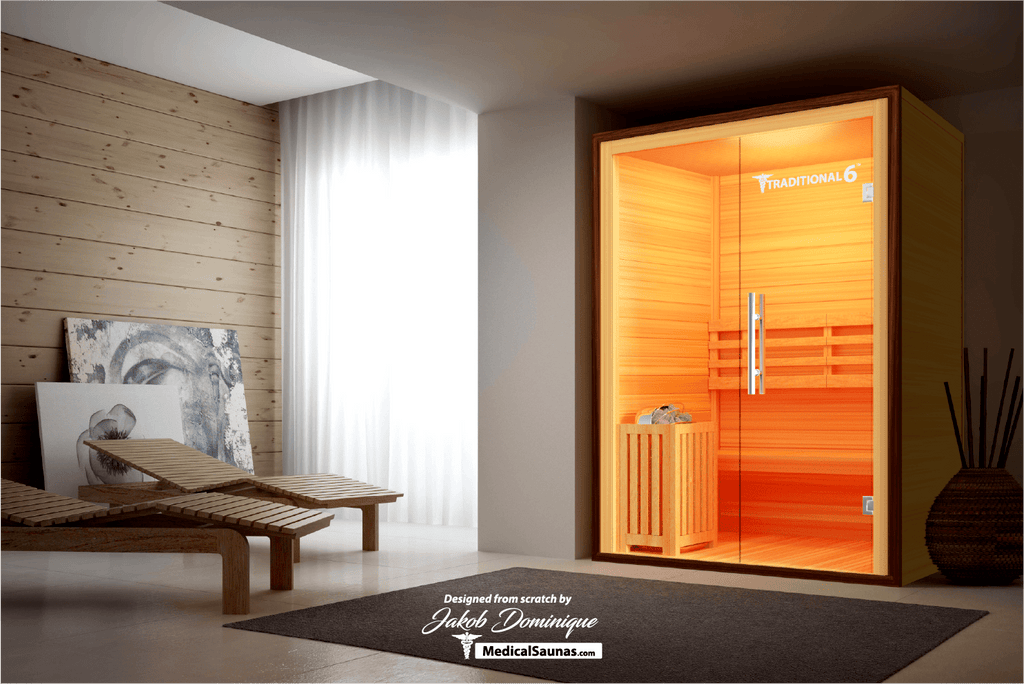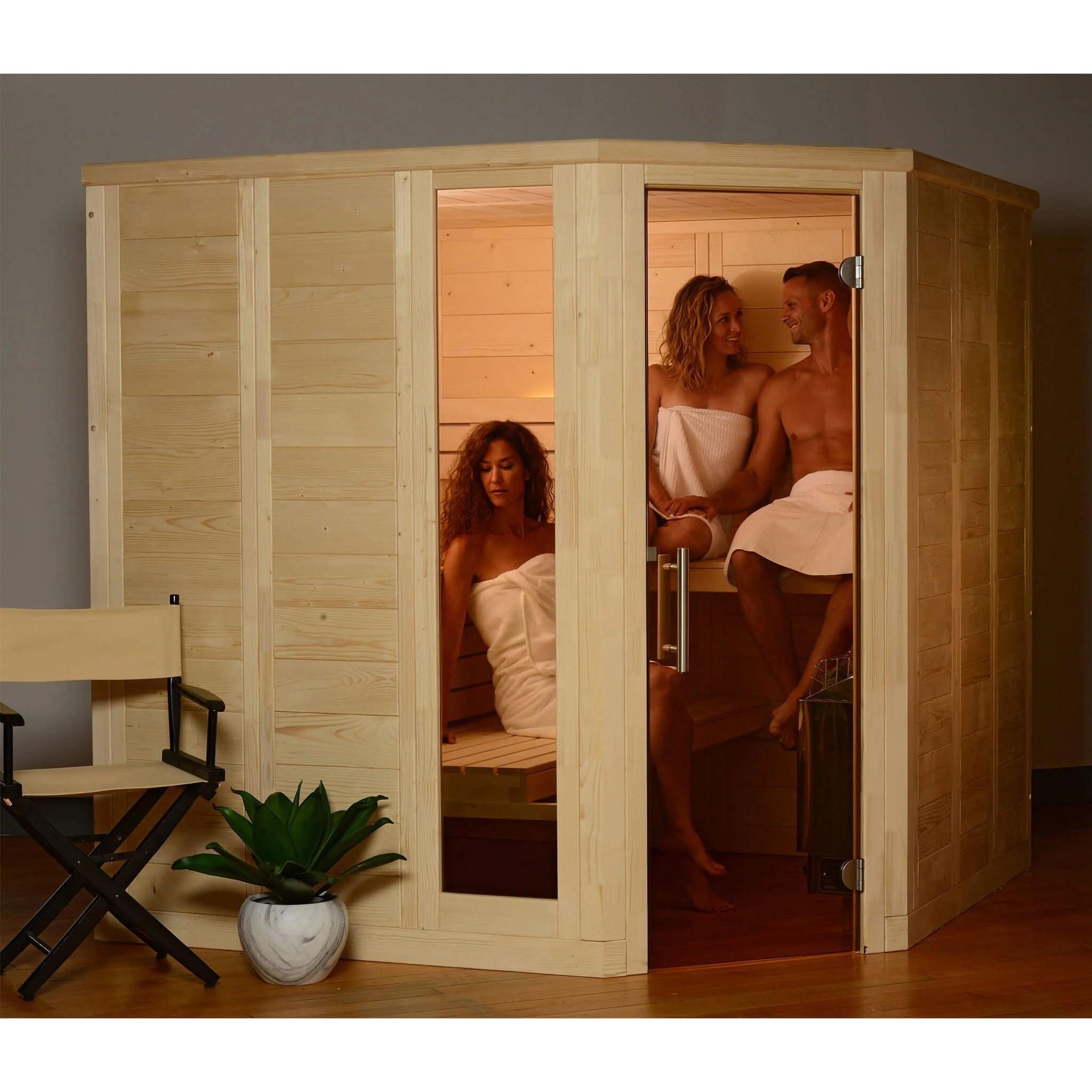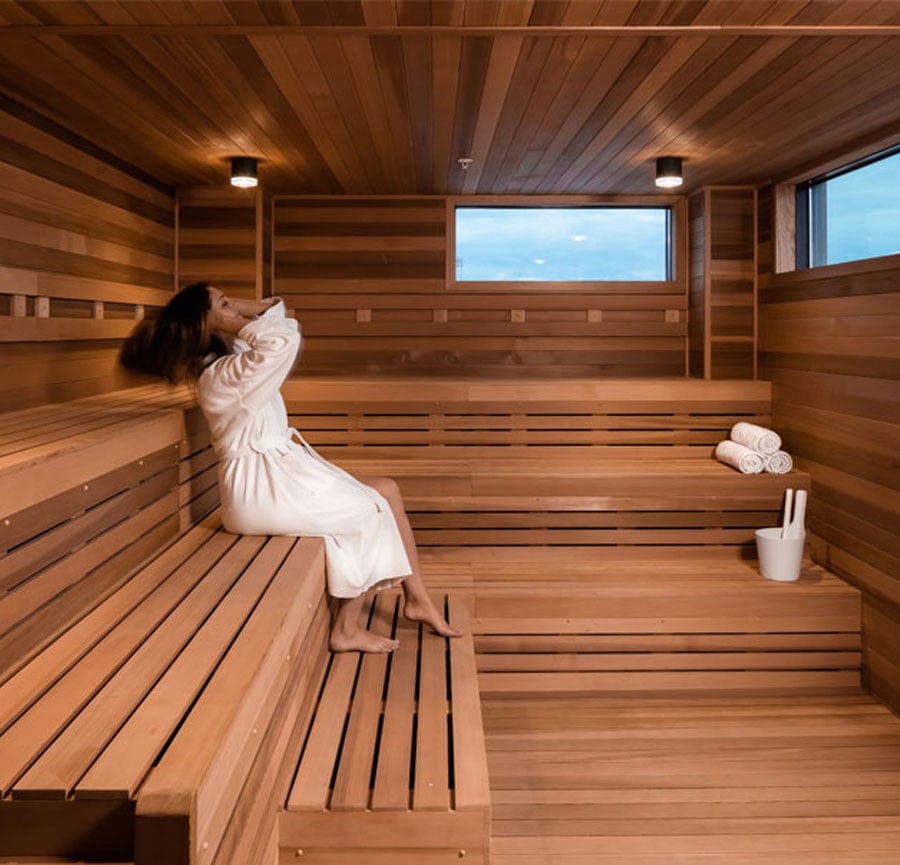Things about Traditional Sauna
Things about Traditional Sauna
Blog Article
Unknown Facts About Traditional Sauna
Table of ContentsTraditional Sauna Fundamentals ExplainedFacts About Traditional Sauna RevealedThe Ultimate Guide To Traditional SaunaThe Buzz on Traditional SaunaThe 8-Minute Rule for Traditional Sauna
Most of the weight shed in a sauna is water loss and is re-gained upon rehydrating. Without an uncertainty sauna can be a vital component of a healthy and balanced weight loss program. To look at the differences between traditional and IR saunas, I will certainly separate these into verifiable, academic, and made distinctions.Hence, the best point in the saunawhich goes to the ceiling straight over the sauna heateris usually in between 185 and 190 F. Claims that a typical sauna exceeds 200 F is just not true and not suitable for electrical saunas sold in the United States. The temperature for a far-infrared sauna is usually set between 120 and 140 F; however, unlike the typical sauna, the goal in and IR area is not to attain a heat.

When a standard sauna has been properly warmed, the sauna walls are cozy, the air temperature has actually achieved set temperature level and the rocks are incredibly heated. As a fascinating side note, the heated walls and the rocks are releasing far-infrared heat, integrated with the warmed air, to produce an "wrapping up heat".
Rumored Buzz on Traditional Sauna
When the heat is achieved, the aspects cycle on and off to keep the heat. A lot of traditional sauna users appreciate putting water over the rocks to create heavy steam to increase sauna moisture degrees. The advantages of pouring water over the rocks include: making the area more comfortable, moistening the nasal flows, and permitting the usage of aromatherapy by blending important oils with the water.

When the energy gets in the body, it creates the body temperature level to raise and inevitably causes sweating. In an infrared sauna it is very important for the emitters/heaters to stay on nearly regularly. Because there is no mass of rocks to retain warmth, the sauna will certainly cool down if the emitters shut down.
Traditional Sauna for Dummies
As pointed out above, the sauna bather in an infrared area wants to place himself in front of running emitters to get optimal benefit from the warmth. The more helpful hints heating time for both spaces can be very various, depending on how the areas are utilized. For a conventional sauna, a bather needs to enable 30-40 mins for the room to attain a preferred temperature and to properly pre-heat the rocks.

A well built sauna will typically accomplish a temperature level of 150-160 F in about 30-40 minutes (Traditional Sauna). For hotter temperature levels, the area may need to warm for a longer duration. When the room accomplishes set temperature, the heating system will cycle on and off, usually running about 50% of the time. The protected wall surfaces and the warmed rocks will certainly maintain the area hot and at stable temperatures.
To some, 15 minutes was "wasted" while the infrared energy heated the wood panels rather than Read Full Report heating a body, while others find a pre-heated room to be much more comfortable and believe an elevated starting temperature is necessary to begin perspiring. The size of advised usage for each and every area is about the very same (10-15 mins per session); nevertheless, because of the lower air temperatures and the capability to feel the effects of infrared heat faster than a standard sauna, it is not unusual for a person to spend a total of 20-30 mins in an infrared sauna.
The 7-Minute Rule for Traditional Sauna

The ordinary cost per kWH of electrical power in the united state is approximately $0.11, so a 4.5 kW heating unit will certainly set you back approximately $.50 to run for one hour, if the heating unit runs continually for one hour. Usually a sauna heating system will certainly run for 75% of the first hour and 50% of succeeding hours on considering that the aspects cycle once the established temperature is accomplished.
A 2 individual far-infrared room is read review typically literally smaller sized than a typical sauna, typically regarding 4' x 4' or smaller sized. The IR heater is typically 1.5-1.7 kW using a 120 volt 15 amp plug-in service. Considering that the space can be made use of earlier than a sauna area, we will assume the room is used for to of an hour including warm up time.
Finally, there is a seldom talked about difference in the social experience between the two rooms. While our society has actually shed a few of the social benefit of the conventional sauna experience, it can be very socially gratifying (Traditional Sauna). From family time in the sauna, to heart-felt conversations with significant others, to sauna partiesthe typical sauna experience can bring about intimate mingling
The Of Traditional Sauna
Most greater end infrared areas include tinted light therapy, noise systems and full-glass fronts.
Report this page